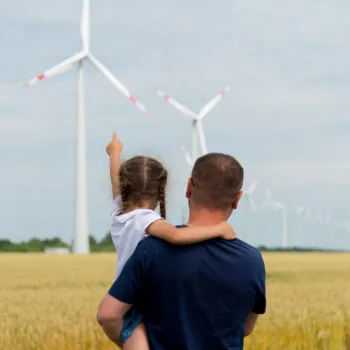The success of decarbonisation policies depends critically on whether they manage socio-economic consequences in a just way. This has, amongst others, become visible in coal phase-out debates across Europe.
The recent publication of the European Commission’s strategic long-term vision for a climate neutral Europe by 2050 sets out the extent of the forthcoming transition across sectors, constituencies and geographies. This offers the opportunity to lay the grounds for designing a Just Transition.
Our analysis of possible transition challenges and opportunities in the European energy, transport and agricultural sector finds that a framework for analysing and managing a Just Transition needs to include the following aspects: employment and financial impacts, impacts on consumers and citizens, the geographic distribution of impacts and the impacts from climate change itself, in particular if action is delayed.
While the significance of these aspects differs across sectors, this paper identifies five elements for a successful Just Transition that are common across sectors and complement the EU’s 2050 vision:
- A clear sense of medium and long-term direction to give planning certainty: The EU and Member States need to establish a goal of climate neutrality by 2050 following the presentation of the Commission’s proposal. Additionally, intermediate climate milestones for 2030 need to be adjusted to be in line with a climate neutral scenario.
- Mapping transition trajectories for sectors and regions: To enable sectors and regions to undertake their own transition planning the next EU Commission needs to develop sectoral and regional pathways to climate neutrality. For example, Member States should call on the next European Commission to make a priority of developing a strategy for industry decarbonisation.
- Include all dimensions of Just Transition: Fair balancing of all interests across society requires a comprehensive Just Transition framework. This framework should incorporate negative and positive impacts associated with accelerated climate action, such as job losses and opportunities, as well as the impacts from delaying climate action.
- The EU enables regions and sectors to design and implement a transition: By providing relevant data, analytical tools and financial support the EU can support Member States and local stakeholders in their efforts for designing a Just Transition.
- Identify key actors in the Just Transition: Designing good Just Transition policies goes beyond the remit of energy or climate departments. For example, aligning skills development or providing tax incentives might require the involvement of education ministries or the Treasury.



